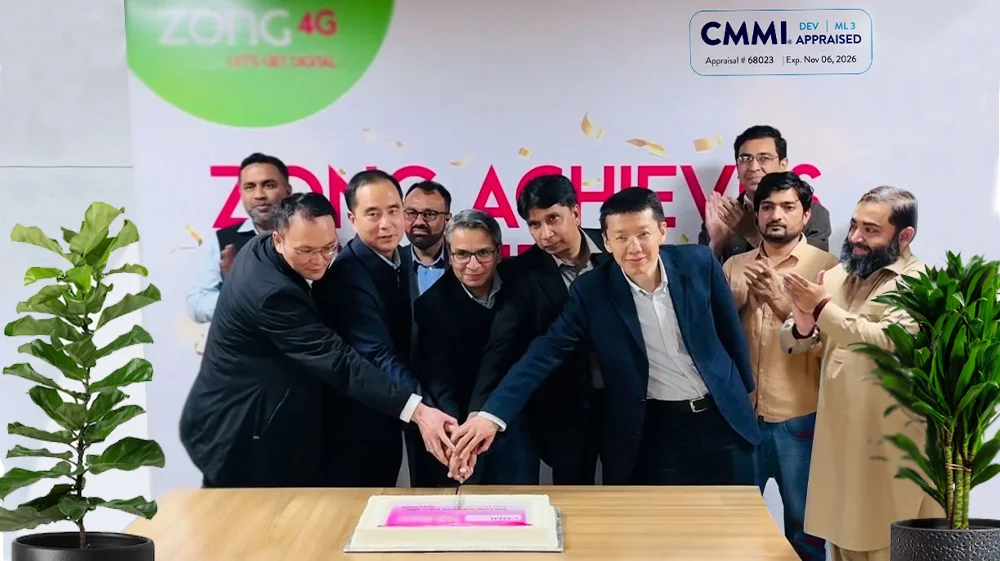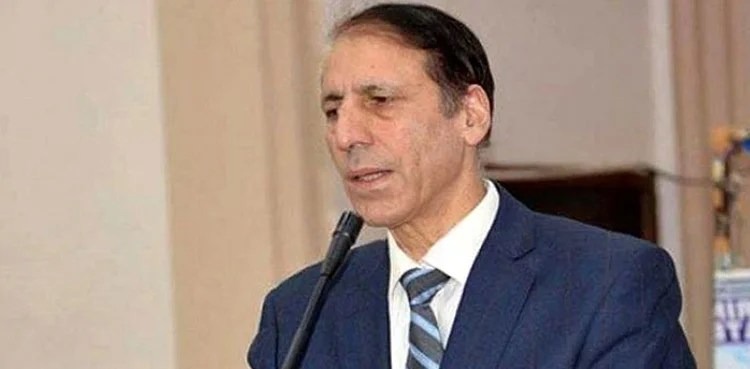By: Maira Nadeem
As Muslims, we do not need any titles like Sunni, Shia, or any other branches. If we believe in the Kalima Tayyaba, it is sufficient for us. In the Holy Quran, there is no concept of Shia, Sunni, or any specific branches of Islam. So, what is the purpose of these conflicts? As Muslims, we all respect our Holy books, Prophets, Imams, and all spiritual leaders.
Who is a Muslim? The individual who believes that there is no God except Allah and Prophet Muhammad (SAW) is the last messenger of Allah. Shia-Sunni are the two major sects of Islam. The Shia-Sunni disputes refer to historical and ongoing tensions between two major branches of Islam. These conflicts have very dark and deep historical roots and are influenced by social, religious, political, and cultural factors.
There are many Sunni and Shia Muslims who mutually respect each other, and not all Shia-Sunni interactions are marked by conflict. It is very important to respect the faith and cultures of other people. Indeed, Islam is the best teacher and teaches the principles of love, tolerance, and respect for all people regardless of their beliefs.”
In the end, it is a matter of Allah and His men. It is Allah who will judge the actions and beliefs of people. Here are some key points to understand about the Shia-Sunni conflicts:
Historical background: The concept of division between Shia and Sunni Muslims originated after the death of Prophet Muhammad in 632 CE. The dispute emerged over the issue of succession. Sunnis believed that the caliph (leader) should be appointed or elected, and Shias believed that leadership should pass through the Prophet’s bloodline, specifically to his son-in-law and cousin, Hazrat Ali (RA).
Theological differences: Shia and Sunni Muslims have some theological differences. They share the deep tenets of Islam. Sunnis give value and importance to the teaching of Prophet Muhammad (SAW), and Shias recognize a spiritual leader who is called imams and they believe possesses divine authority and infallibility.
Political and regional factors: The concept of political and regional factors is very complicated. In history, political struggles have often intersected with the Shia-Sunni divide. For example, certain ruling dynasties or governments have favored Sunni over Shia, which led to conflicts and tensions. Geographically, the divide is visible in countries such as Iraq, Iran, Bahrain, Lebanon, and Pakistan, where both sects have notable populations.
Violent conflicts: Not all Shia and Sunni are violent. But yes, violence exists between these two communities. Many people died because of these disputes. And who is responsible? There have been instances of sectarian violence and disputes between Shia and Sunni communities. These disputes often involve a mix of traditional, emotional, religious, political, and social factors, making them very complicated.
Coexistence and dialogue: It’s important to note that Shia and Sunni Muslims also live happily and peacefully in different areas of the world. Mutual respect, religious tolerance, and a moral attitude toward unity have been promoted by many religious leaders and organizations to mitigate sectarian tensions.
Understanding the Shia-Sunni matter is very important and plays a significant role in the Muslim world. It is important to approach the topic with sensitivity, recognizing the complexities of social, emotional, traditional, historical, religious, cultural, and geopolitical factors that shape these dynamics. As Muslims, this is our goal: to promote love, unity, and peace.
“This is a very sensitive topic. As a writer, I sincerely apologize from the bottom of my heart if my writing has unintentionally hurt someone’s feelings or emotions. The purpose of my writing is to promote unity and peace among all individuals.







